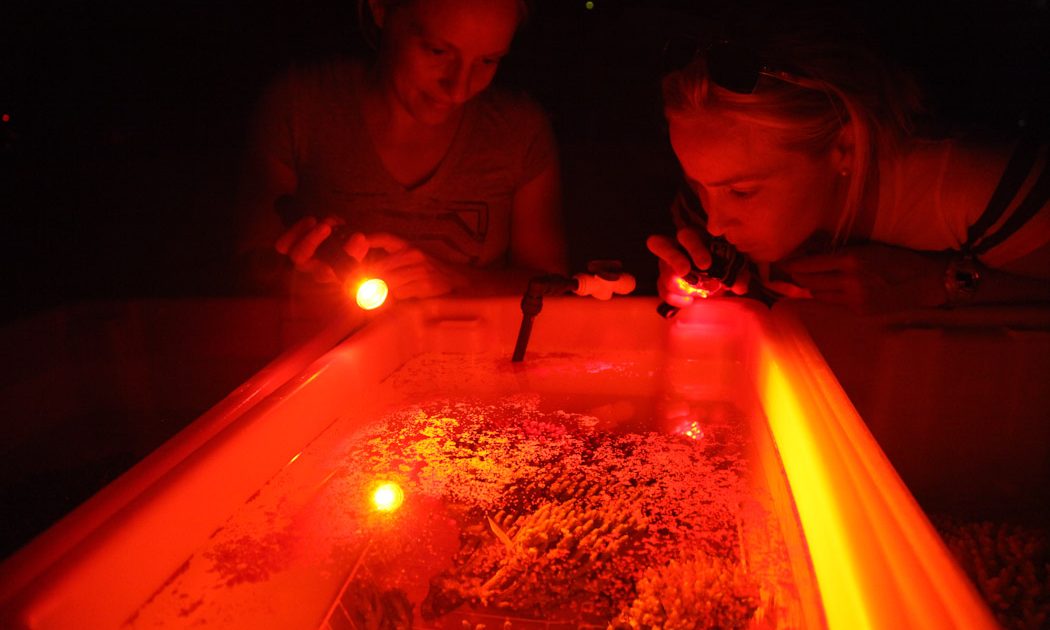A spectacular display of nature is expected to unfold over the next week when the corals of the Great Barrier Reef begin the first annual spawning.

Researchers at the Australian Institute of Marine Science will take a front row seat as they lend a hand to nature’s marine miracle inside the National Sea Simulator, near Townsville.
The world-class marine research aquarium facility will be a hive of activity over the coming months, with scientists from as far away as Saudi Arabia visiting to conduct cutting-edge research.
AIMS senior research scientist Dr Line Bay is one of 40 scientists who will work through the night to collect coral eggs and sperm during the spawning event, to contribute to reef restoration experiments.
Dr Bay said her research team’s work aims to breed resilient corals which can withstand predicted ocean warming.
“To do that, we need to collect eggs and sperm and this is only possible during a coral’s reproductive phase, which for the species we work with happens only once a year,” Dr Bay said.
“We will grow the offspring under different future-predicted ocean conditions at the National Sea Simulator. We have already observed that some corals are more tolerant than others and our research aims to understand why.
“During this spawning event we also want to see whether corals which have survived bleaching, will successfully reproduce and whether they will have more tolerant coral offspring.”
Coral bleaching in 2016 and early this year has impacted two-thirds of the world’s largest coral reef ecosystem in back-to-back events.
AIMS’ Sea Simulator precinct manager Craig Humphrey said the aquarium’s unique facilities and location allowed researchers to undertake rigorous and innovative experiments that examine reproduction and the early-life history of marine organisms.
Mr Humphrey said it would be a split spawning this year, with the first corals set to spawn this week, with corals also due to spawn again after the December full moon.
“It is the busiest time of the year in the Sea Simulator and we have had so many requests we have had to add an extra two rooms for experiments.
“There is a real buzz of expectation, it is a spectacular event.”
The mass spawning happens when corals release millions of delicate bundles containing both egg and sperm, which float to the surface, and then mix together. The whole process is sparked by warm summer water temperatures and the full moon.


